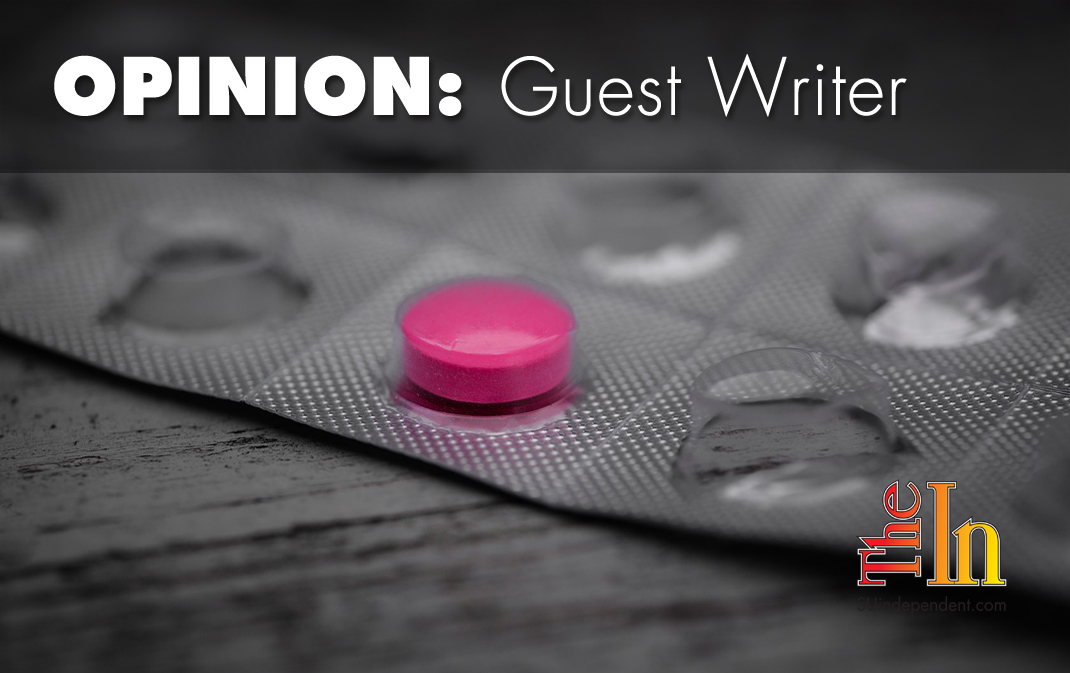
Chargemaster: Transparent as a coverup
By John G. Taylor
When you’re drowning in a pile of crap, the last thing you want rescuers to throw is toilet paper.
But that’s what the federal government did this year to consumers wanting to decipher their hospital medical costs.
The feds now require hospitals to publish online spreadsheets for thousands of five-digit common procedural terminology codes showing their prices for such things as chest expanders, metal knees, and ibuprofen suppositories.
Duly enriched, consumers presumably could concoct a cost estimate for gallbladder removal or Tommy John shoulder surgery, matching hospital against hospital.
I suppose we are to think of the codes as Royal Doulton table settings instead of another episode of the chronic GERD that is the American health payment system. Hospital care is a mere $1 trillion a year, one-third of all health spending, says the U.S. Department of Health Services. How dare Byzantium be simplified?
Never mind that few people pay what’s listed on these “chargemasters” after factoring in government or private insurance, discounts for impoverishment, or deals like one-third off for paying cash.
The government considers the chargemasters as starter kits toward empowering consumers. That suggests the feds truly want a role in educating the public — such advocacy was somewhat evident during the chaotic deployment of the Affordable Care Act enacted in 2010.
Trained navigators were hired to enroll the uninsured and underinsured.
But sustained public education is one of those safety-net strings that have been unraveled since the election of Donald Trump.
Hospitals can do more education if they desire, says Seema Verma, current administrator of the Centers for Medicare & Medicaid Services. Sounds like a shoulder shrug.
The health industry has nearly doubled its annual marketing spending from 1997 to 2016 to a total of $29.9 billion, according to a January study in JAMA. Atop that, the pharmaceutical industry’s top two trade associations spent a record nearly $38 million in lobbying in 2018.
Clearly, important somebodies are being targeted for big-time education.
“Hospitals have an incentive to do a CT exam, and taxi drivers have an incentive to take the long way home,” an American College of Emergency Physicians official told Kaiser News Service. “It’s not a perfect system.”
Nearly 60 percent of physicians blamed bureaucratic tasks for them feeling burned out, according to the 2019 Medscape Physicians Burnout & Depression Report. Patients and pathological payment systems clog the bureaucracy, making doctor visits more like fiscal cattle drives than individual care plans steered toward safety, healing, and cost containment.
At best, the publicizing of hospital chargemasters is a squishy step toward a Consumer Reports meets Yelp meets Expedia for patients — how many stars, dollar signs, and emojis.
Consider the chargemaster postings as kind of a hotel rack rate for non-emergency care. You can match the charges with what you’re asked to pay after your insurance adjustments.
Not so if you enter through the emergency department. There, you’ll encounter “dynamic prices,” like the above-average ticket costs when marquee teams like the Yankees and Red Sox play. You’ve lost pre-calamity negotiating.
I forecast an option that is largely fantasy now. Imagine hospitals and doctors doing elective surgeries on weekends. Imagine, too, that your top-rated urologist doesn’t care for sports and has lined up surgery openings during the Super Bowl. Do you skip the party at your house to get your pesky prostate fixed? Now that’s transparent patient choice.
Sadly, the latest federal transparency order showcasing hospital pricing is as clear as an outhouse in the fog. And nearly as handy.
John G. Taylor, a former newspaper reporter and editor and a retired California hospital executive, is owner of JT Communications Company. He lives in St. George. Write to him at jtcommunicates@comcast.net.
Articles related to “Chargemaster: Transparent as a coverup”
To better treat loneliness, hospitals should keep the family close



